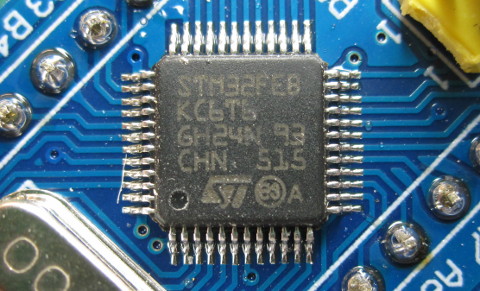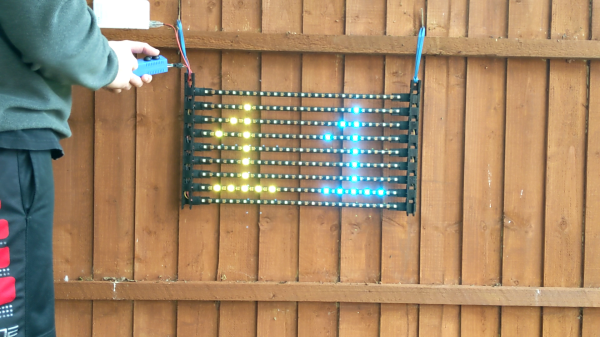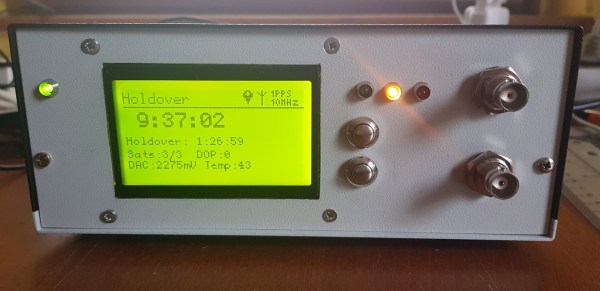When temperatures plummet, there’s nothing like a hot beverage to keep you warmed up inside. [] aka [Tim] sure does fancy a nice cuppa, but only within a certain temperature range is it ideal to drink. In an attempt to signal when the time is just right, he created various iterations of a hot beverage coaster.
To be clear, this is a plywood sandwich that does not keep the beverage warm, though that would be an interesting addition to the project. Rather, it indicates when the beverage’s temperature is just right using LEDs. When it’s too hot, the red LEDs are lit. The green LEDs flash while it’s just right, and once [Tim]’s tea has gone cold, the blue LEDs take center stage.
The brains of the operation is an STM8S103F module, aka the Blue Pill, which is paired with a DS18B20 temperature sensor. [Tim]’s original coaster has one in a TO-92 package embedded in the top layer, but ultimately he went with the probe version as it reads a truer temperature by virtue of being directly in the liquid. Be sure to check out the video after the break which covers planning the original version.
If you do want to keep you drink warm, here’s an ESP8266-based solution. If you’re more into looks, check out this blinkencoaster.
Continue reading “Beverage Coaster Indicates Ideal Drinking Temperature”




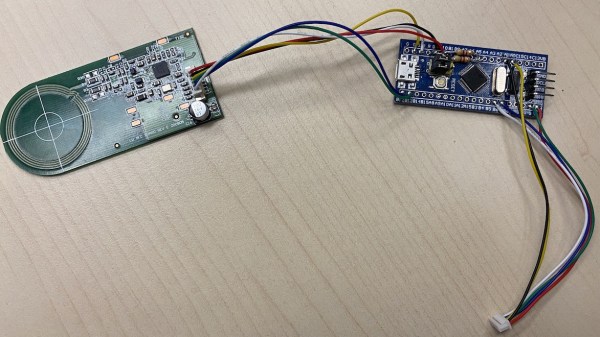
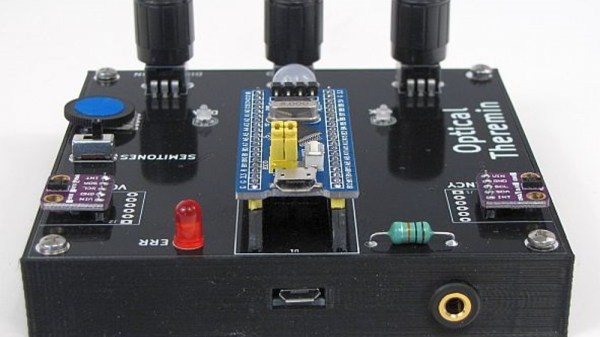
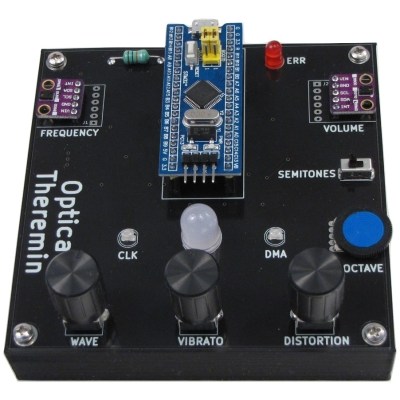 The design is based on a ‘
The design is based on a ‘